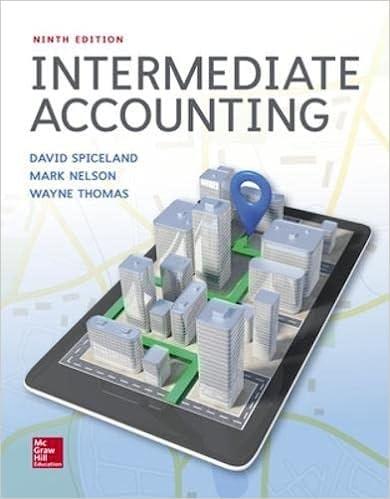1. The write-off of inventory due to obsolescence. 2. Discovery that depreciation expenses were omitted by accident...
Question:
1. The write-off of inventory due to obsolescence.
2. Discovery that depreciation expenses were omitted by accident from 2017's income statement.
3. The useful lives of all machinery were changed from eight to five years.
4. The depreciation method used for all equipment was changed from the declining-balance to the straight-line method.
5. Restructuring costs were incurred.
6. The Stridewell Company, a manufacturer of shoes, sold all of its retail outlets. It will continue to manufacture and sell its shoes to other retailers. A loss was incurred in the disposition of the retail stores. The retail stores are considered a component of the entity.
7. The inventory costing method was changed from FIFO to average cost.
Required:
1. For each situation, identify the appropriate reporting treatment from the list below (consider each event to be material):
a. As an unusual gain or loss
b. As a prior period adjustment
c. As a change in accounting principle
d. As a discontinued operation
e. As a change in accounting estimate
f. As a change in accounting estimate achieved by a change in accounting principle
2. Indicate whether each situation would be included in the income statement in continuing operations (CO) or below continuing operations (BC), or if it would appear as an adjustment to retained earnings (RE). Use the format shown below to answer requirements 1 and 2.
.png)
Step by Step Answer:

Intermediate Accounting
ISBN: 9781259722660
9th Edition
Authors: J. David Spiceland, James Sepe, Mark Nelson, Wayne Thomas





